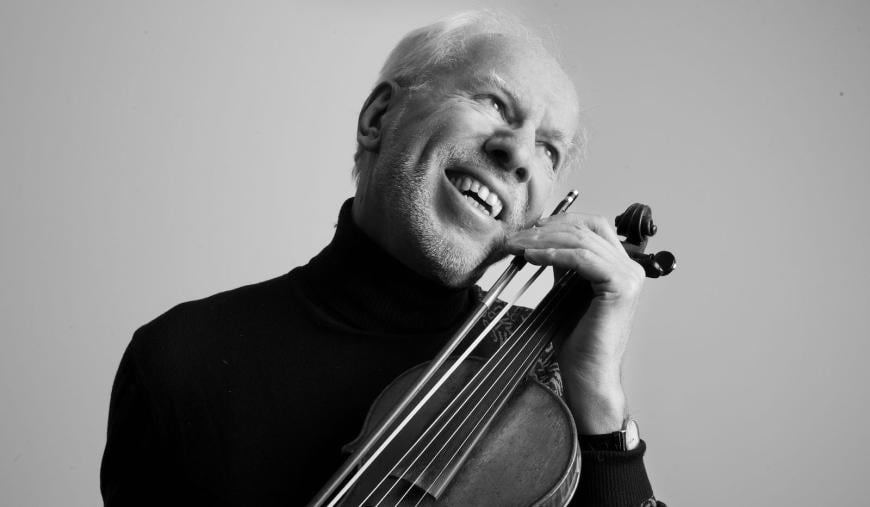
Not too long ago, the name Mieczysław Weinberg (1919–1996) meant nothing to all but a tiny coterie of Russian-music fans in the West. A comprehensive record catalogue from the heyday of the LP (1967) had one item, a few more from Russian sources could be found near the height of the CD era (1996) — all under the name Moisei (or Moysey or Moishe) Vainberg. Some knew of him only in association with his friend and sponsor Dmitri Shostakovich in an invaluable 1954 recording of a two-piano arrangement of the latter’s Symphony No. 10 by the two.
Things are very different now, at least since the triumph of the first fully-staged performance of Weinberg’s Holocaust opera The Passenger in 2010. The consensus, except for a few holdouts, is now on the Polish spelling of his first name and the English rendition of his Yiddish surname. Recordings abound. So does effusive praise.
Personally, I’m not yet sold on the idea that Weinberg is of the same stature as Shostakovich, Prokofiev, Khachaturian, or Schnittke among composers who toiled under the Soviets. What I’ve heard from Weinberg mostly derives from Shostakovich’s example (and the influence worked the other way around at times) — anguished, intense, thoughtful — though with differing sonorities, going further into dissonance and Jewish elements. In Weinberg’s rare bursts of satirical joy, you can definitely recognize his friend’s fingerprints.
However, Weinberg has his champions, and one of the most passionate of them, Gidon Kremer, has just put out a CD of the three Sonatas for Violin Solo (ECM New Series). For some contrarian reason, Kremer plays them in reverse order, starting with the Third Sonata and working his way back to the First.
Again, Shostakovich sounds like the guiding light behind these works. The First Sonata (1964) starts with angular violin figures that can’t help but evoke the opening of Shostakovich’s Fifth and Eighth Symphonies, but soon sets out on its own path before returning to where it started at the end. The sonata adopts the palindromic form in five movements (fast-slow-fast-slow-fast) à la Bartók. It’s not an easy battle for the soloist — and as he often does, Kremer doesn’t shy away from letting us in on the struggle, especially in the Presto finale.
The Second Sonata (1968), by contrast, is a series of seven short etudes that don’t tax the performer nearly as much, and except the final movement, each one longer than the one that preceded it. Some are more aggressive than others, there is more repetition of motifs, and there is an element of wit afoot that the other sonatas do not have. Kremer doesn’t hold back a coarse timbre when appropriate, laying it on heavily in the final movement.
Which leads us to the jagged abrasiveness of the opening of the Third Sonata (1979) where Kremer also digs in hard. The work is in a single movement yet there are clear demarcations of mood and tempo which correspond to a “hidden program” supplied either by Weinberg or Kremer (the booklet notes do not make it clear who did it). The program turns out to be a family album of portraits — his father (to whom the work is dedicated), his mother, the composer as a child, their agitated flight from one pogrom or upheaval or another, and a final period of solitude. All that’s missing, it seems, is a self-referential musical motto like his friend’s DSCH motif.
I’ve had an enlightening recent journey through several of Weinberg’s 22 symphonies, a few chamber works, The Passenger, and now these sonatas. So far, though, except for the partly choral Symphony No. 6 with its fantastic Scherzo and moving opening Adagio, I have yet to hear anything that hits me very deeply. But there is a lot more of Weinberg's huge output — almost all of which still remains little-known in the West — to explore in order to get a clearer picture.






